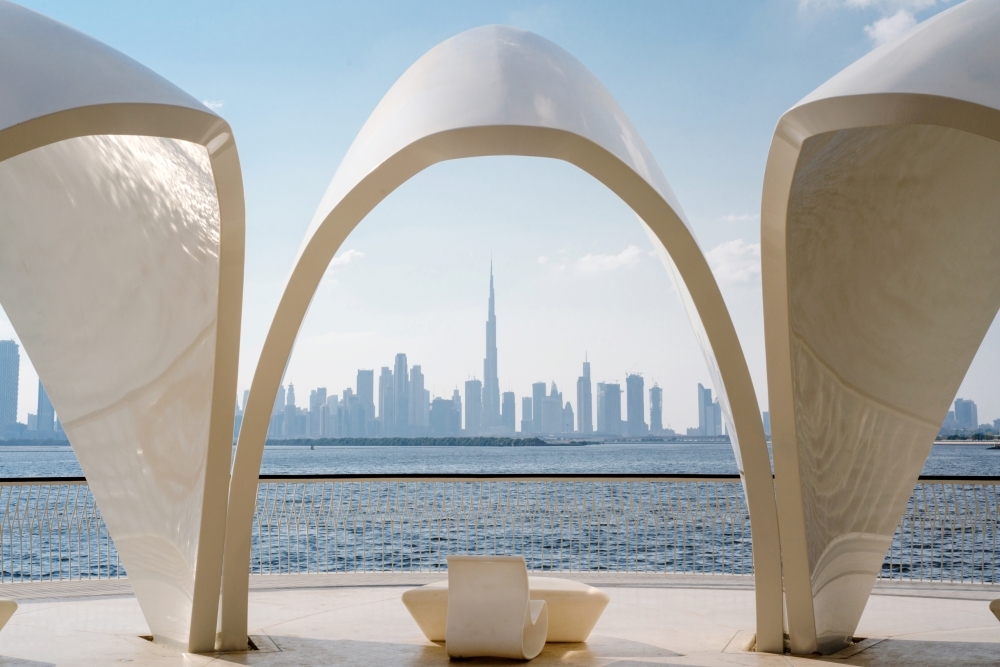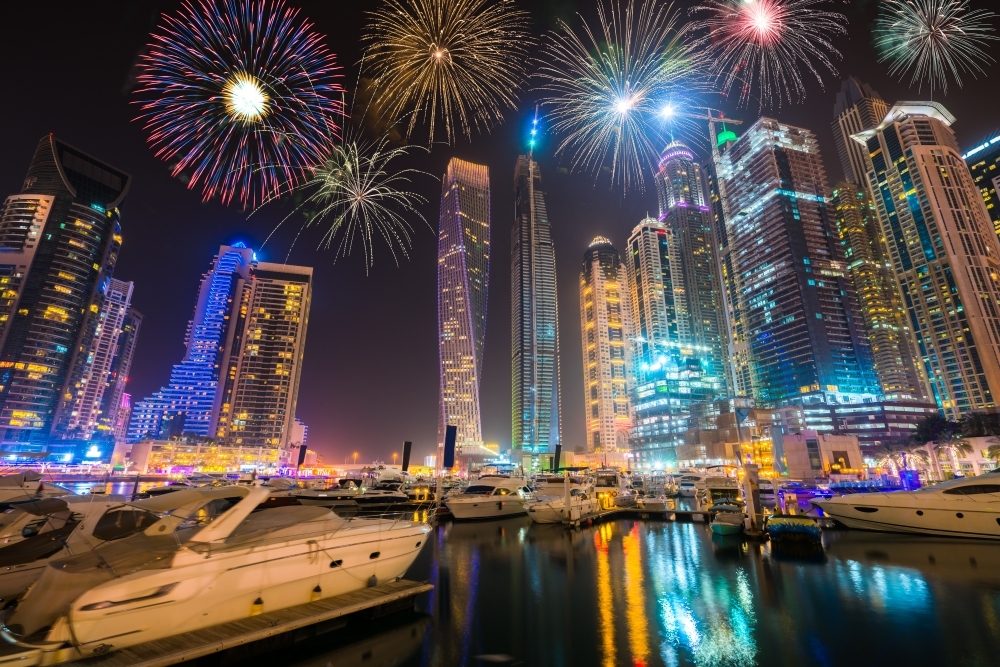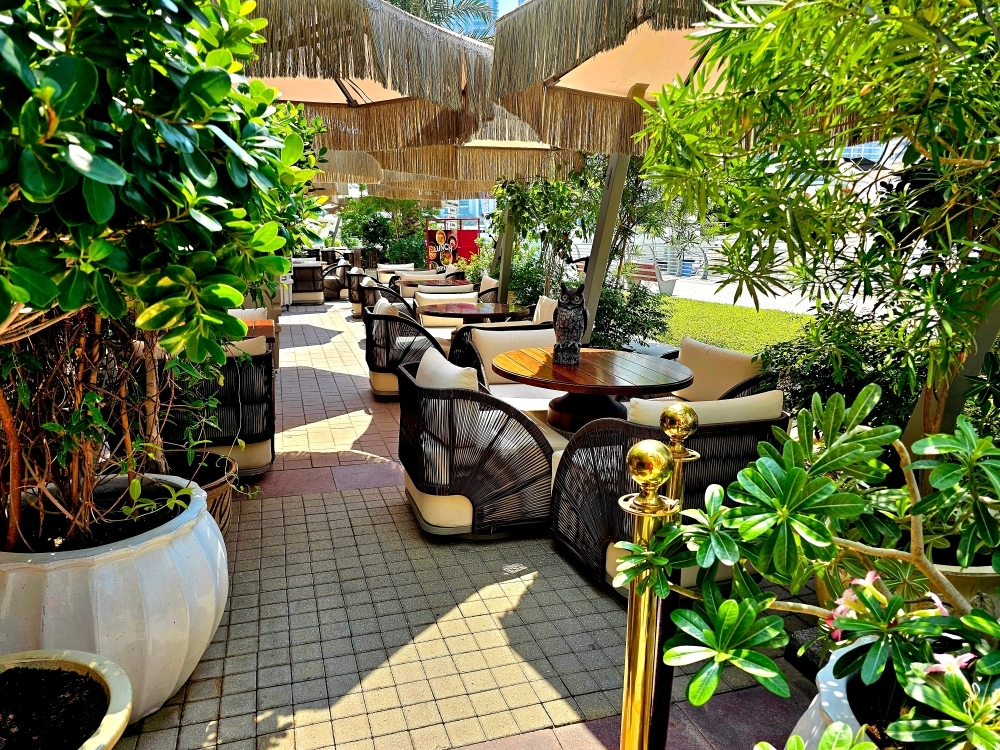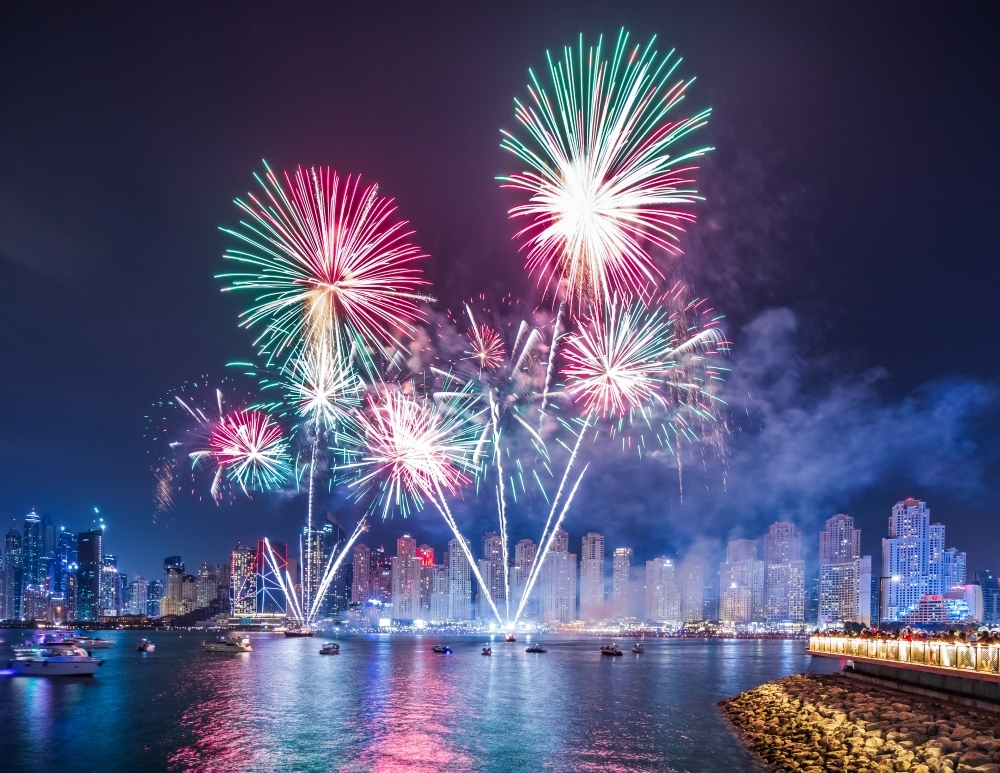How Architecture Shaped Dubai – A Journey from Heritage to High-Rise
To best understand the soul of Dubai – past, present and future – a drive down Sheikh Zayed Road is a good place to start. Here, the skyline reads like an open book: you’ll find reminders of the city’s earliest ambitions, like the 1979 Dubai World Trade Centre, alongside record-breaking towers and dazzling postmodern structures, such as the Museum of the Future.
Unlike the long architectural legacies of Europe, Latin America and Asia, the UAE’s built heritage is relatively young. Just a few centuries ago, the land was home to nomadic Bedouin tribes who moved through the desert in search of water, trade and pasture, guided by a deep understanding of the land and its rhythms. As settlements began to take shape in the 18th century, this connection gave rise to a new architectural language – one shaped by both climate and community.
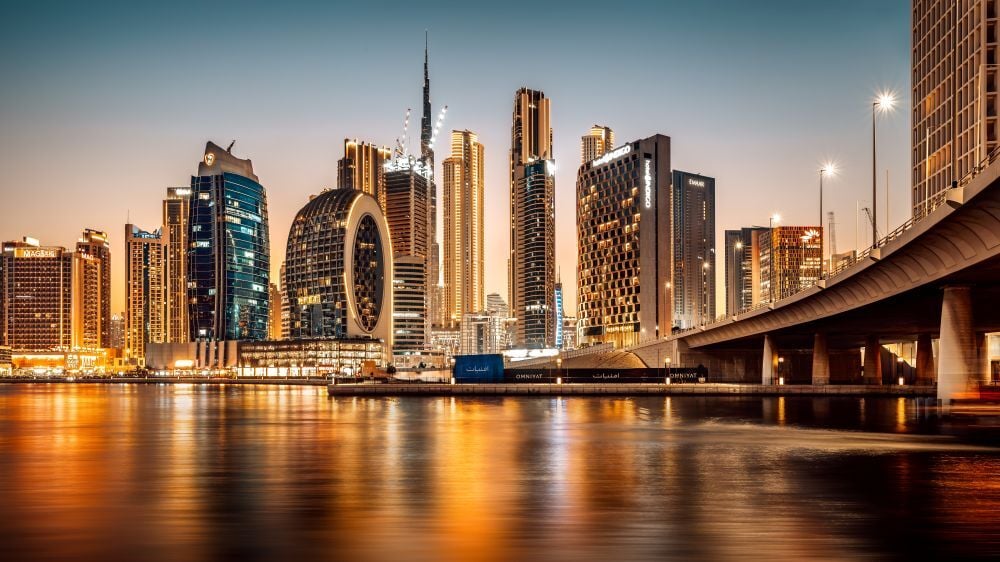
The Principles of Early Dubai Architecture
One of the most resourceful features of traditional Emirati architecture is the wind tower, known in Arabic as the barjeel. Raised high above the roofline, it served as an early form of natural ventilation, capturing passing breezes and funnelling them into the rooms below. Some of the finest surviving examples can be found in the restored heritage districts of Al Fahidi and Al Shindagha, where dozens of coral-stone houses still retain their original wind towers, now carefully preserved as part of the city’s cultural infrastructure.
These districts also showcase climate-sensitive city planning: narrow alleyways create shade between buildings and encourage cooler air flow, while low-rise, closely packed homes help minimise direct sun exposure. Though modest in scale, it’s a testament to the resolve of a nation that built and lived in weather conditions today considered unthinkable without modern air conditioners – 50-degree summers with less than 10 days of rain each year.
Unlike contemporary Emirati homes, characterised by ornate detailing and sprawling landscaped gardens, the material palette of early Dubai architecture was shaped by practicality rather than grandiosity. White coral stone and crushed seashells reflected the sun, while woven palm fronds and gypsum provided breathable cladding, buffering the heat by day and releasing it gradually after dark.
Read More: Mediterranean Architecture
The Best Examples of Modern Dubai Architecture Dubai
Burj Khalifa
At 828 metres, the Burj Khalifa remains the tallest building in the world – a title it has held since its completion in 2010. Designed by Adrian Smith of Skidmore, Owings & Merrill, the tower’s form draws loosely from the Hymenocallis flower, a desert lily native to the region. Its sharp, stepped profile also echoes historic Islamic architecture, particularly the spiral minaret of the Great Mosque of Samarra in Iraq.
Beyond aesthetics, the tapering design serves the purpose of reducing wind load and improving stability at extreme heights. Clad in aluminium with 24,000 panels of reflective glass, it spans more than 160 storeys and is home to luxury residences, restaurants, observation decks, and the five-star Armani Hotel. The architects behind the Burj Khalifa also designed Chicago’s Sears Tower, which was the world’s tallest building for 25 years until 1998.
Museum of the Future
The Museum of the Future is one of Dubai’s most unique and recognisable buildings. This torus-shaped structure is wrapped in 1,024 stainless steel panels, each inscribed with flowing Arabic calligraphy. A true feat of engineering, both the design and construction processes were extraordinarily complex, using AI-led algorithms, parametric modelling, and BIM technologies throughout – from conceptualisation to the engraving and installation of the façade.
Inside, it feels more like a vessel than a building, with no interior columns and a fully open core. Symbolically, the museum is often interpreted in three parts: the solid ring as knowledge, the green mound beneath it as Earth, and the hollow centre as the future yet to be imagined.
Completed in 2022, the Museum of the Future is designed to ask more questions than it answers, with exhibitions on AI, space, climate, and the evolving relationship between humanity and technology. The project was led by Killa Design – the architects behind Jumeirah Marsa Al Arab and The Address Beach Resort – and engineered by legendary British firm Buro Happold.
Read More: Ottoman Architecture
Mosque of Light
Dubai architecture isn’t always about height and spectacle, and the Mosque of Light – formally known as the Mosque of the Late Mohamed Abdulkhaliq Gargash – is a beautiful example of that. Designed by Sumaya Dabbagh of Dabbagh Architects, this Al Quoz mosque is a study in restrained design, crafted for reverence above all else. Its geometry is simple, sculpted from pure white stone with thousands of triangular perforations that filter natural light into the interior.
There are no grand domes or towering minarets here – just a luminous, serene prayer hall crowned by a circular skylight that opens directly to the sky. Completed in 2021, it was also the first mosque in Dubai to be designed by a female architect.
One Za’abeel
At the junction between old and new Dubai, One Za’abeel is one of those buildings that makes an immediate impression. Monumental in scale, it features two asymmetrical skyscrapers connected by a seemingly floating cantilever, known as ‘The Link’. Within the towers are private residences, destination restaurants, and the exclusive One&Only Za’abeel – the brand’s first-ever vertical urban resort.
Residences in One Za’abeel are a masterclass in contemporary urban minimalism, with full-height glass windows framing views across the Downtown skyline, Za’abeel Park, and the Dubai Frame. It opened in 2023 and was designed by Japanese architecture firm Nikken Sekkei – the same studio behind the Dubai Harbour Residences and Dubai Chamber of Commerce building.
One Za’abeel also shares a boundary with Eden House Za’abeel – a coveted new off-plan residential development by H&H Developers.
Final Thoughts
One of the most quoted lines of poetry inscribed on the Museum of the Future reads: “The future belongs to those who can imagine it, design it, and execute it. It isn’t something you await, but rather create.” It’s a fitting sentiment for a city that has quite literally built itself up from the sand in just a few decades. Today, Dubai’s skyline is something of a mirror: a reflection of relentless local ambition, given form by the imagination of the world’s architects.
